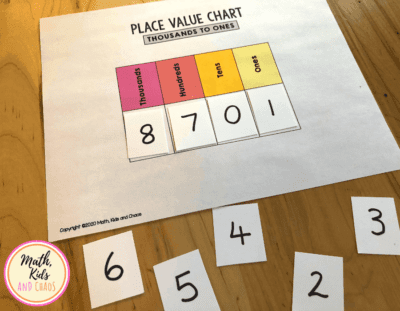Effective Teaching Strategies for Place Value Mastery
Successful place value instruction requires a multi-faceted approach that combines concrete manipulatives, visual representations, and abstract numerical concepts. Research-based teaching strategies emphasize the importance of progressing through concrete, representational, and abstract stages to ensure deep conceptual understanding rather than mere procedural knowledge.
Interactive place value charts serve as powerful visual tools that help students understand the relationship between different numerical positions. These educational resources allow learners to physically manipulate numbers, observe patterns, and develop mental models for numerical relationships. When combined with systematic instruction and regular practice opportunities, these tools significantly enhance student comprehension and retention of place value concepts.
Differentiated instruction approaches ensure that all students, regardless of their current mathematical ability level, can access and master place value concepts. This includes providing additional support for struggling learners through scaffolded activities, while simultaneously offering enrichment opportunities for advanced students through complex problem-solving scenarios and real-world applications.




